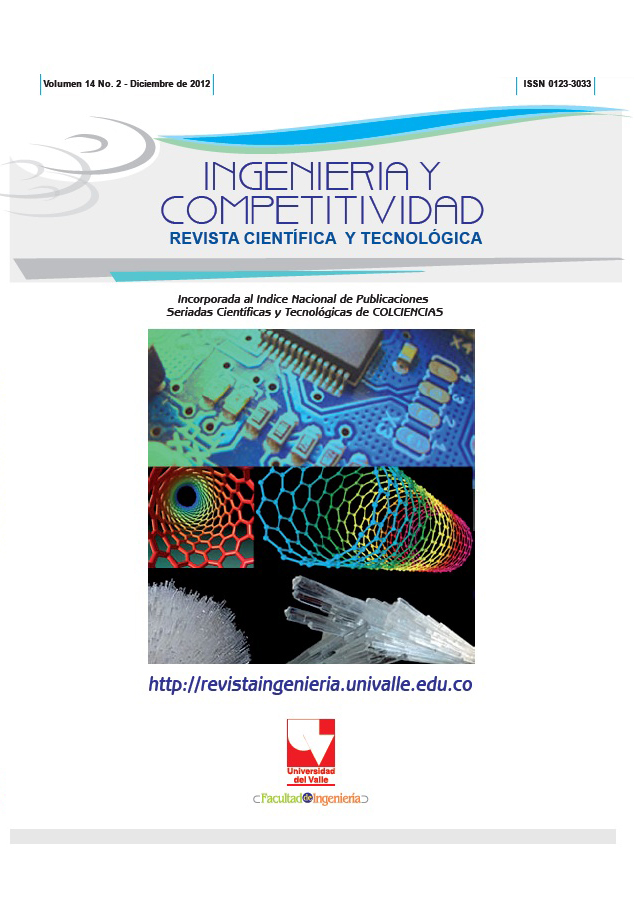Análisis de los factores que influyen en la explosividad del polvo de carbón en las minas subterráneas
Contenido principal del artículo
Con el fin de establecer los factores relacionados con las características del carbón que influyen en la explosividaddel polvo de carbón en las minas subterráneas, se tomaron muestras de polvo de carbón de diferentes minas enAntioquia, Boyacá y Norte de Santander, y de las asociaciones de litotipos de varios de los mantos de una de lasminas de Antioquia. A las muestras de polvo de carbón se les efectuaron los análisis de explosividad, y a las delos mantos, se les hicieron los análisis próximos, granulométricos, petrográficos, del punto de ignición, e índicede molienda hardgrove (IMH).Los resultados indican que la gran mayoría del polvo de carbón presente en las minas es explosivo y porlo tanto requiere de inertización con caliza (principalmente) en porcentajes mayores al 60 %. Se determinóque la composición petrográfica juega un papel preponderante, ya que los plies enriquecidos en componentesliptiníticos, tienen mayor explosividad que los que son ricos en vitrinitas. Los carbones con propiedadesplásticas, debido a que tienen hidrocarburos libres y a que normalmente producen polvos muy finos, presentanaltos índices de explosividad.
- Carbón
- Explosividad de polvos
- Inertización
- Macérales
Descargas
Los autores que publican en esta revista están de acuerdo con los siguientes términos:
Los autores ceden los derechos patrimoniales a la revista y a la Universidad del Valle sobre los manuscritos aceptados, pero podrán hacer los reusos que consideren pertinentes por motivos profesionales, educativos, académicos o científicos, de acuerdo con los términos de la licencia que otorga la revista a todos sus artículos.
Los artículos serán publicados bajo la licencia Creative Commons 4.0 BY-NC-SA (de atribución, no comercial, sin obras derivadas).





